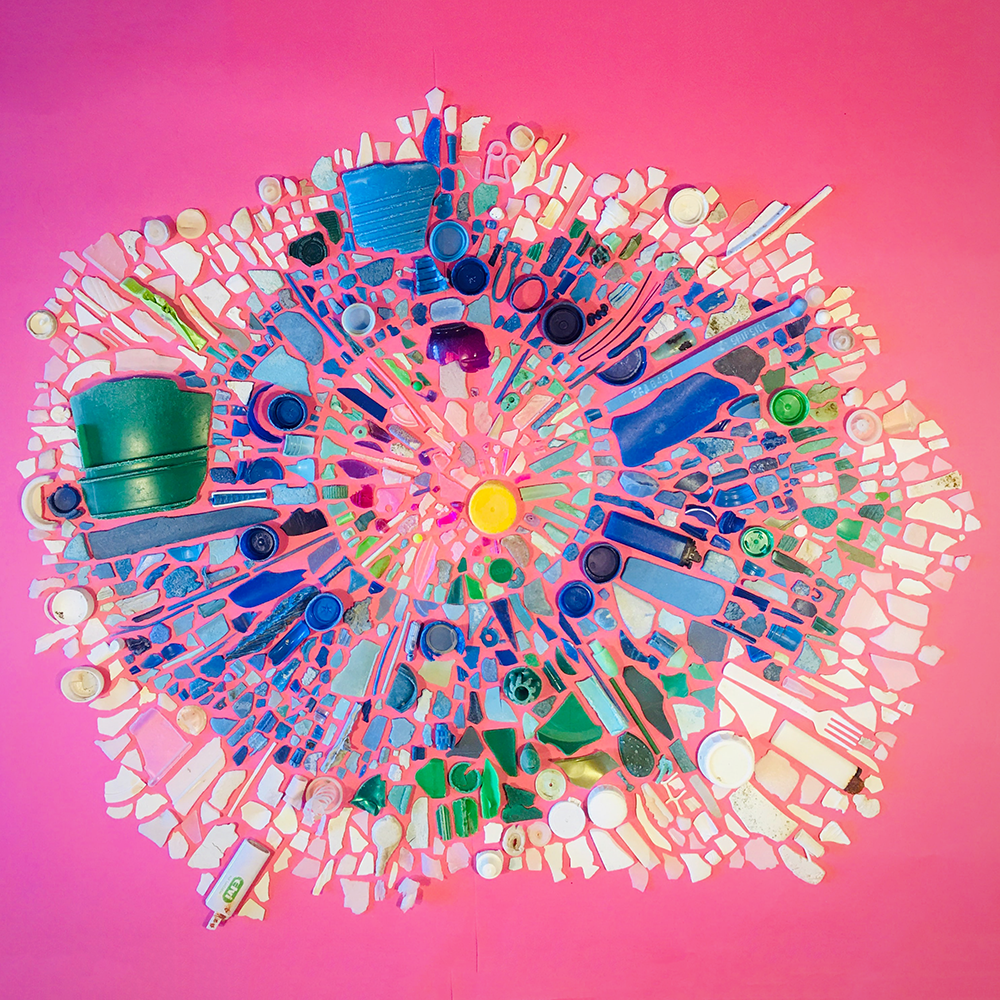In a world increasingly conscious of its ecological footprint, recycled art emerges as a poignant blend of creativity and environmental stewardship.
It's a movement that transcends borders, uniting creators in a common goal: to craft beauty from the forgotten and to turn the refuse of our society into powerful statements of change.
Recycled art, a term that has gained significant traction in the realm of contemporary art, refers to the process of creating art from materials that have been discarded and deemed as waste.
This innovative form of artistic expression is not only a testament to the creativity and ingenuity of artists but also serves as a critical commentary on modern consumer society and its environmental impact.
The recycled art movement has seen artists from all corners of the world, from self-taught artists to those deeply entrenched in the art community, repurpose items that would otherwise contribute to environmental pollution.
This transformative art form breathes new life into what we cast aside, challenging the very notion of waste.
As a beacon of innovation, recycled art not only showcases the boundless imagination of artists but also casts a spotlight on the pressing issues of consumption and sustainability.
Key Takeaways:
- Recycled art is a creative practice that involves transforming discarded materials into new, valuable art pieces.
- This form of art not only showcases artistic expression but also raises awareness about environmental pollution and the importance of recycling.
- Artists working in this field often convey deeply political messages or highlight the natural beauty and potential of unconventional materials.



Origins of Recycled Art
The recycled art movement has roots that intertwine with various art forms, including pop art and Cuban artists founded movements that challenged traditional notions of what constitutes art.
These artists saw potential in discarded materials, transforming them into classic artworks that questioned the structural mechanics of art creation.
The movement has evolved to include a diverse array of styles and mediums, with recycled art projects now being a significant part of exhibitions and galleries around the world.
The essence of what is recycled art lies in its ability to give a second life to objects that have been discarded.
This practice is not just about the aesthetic appeal of the art pieces but also about the message they carry.
Many artists use recycled materials to create very colorful sculptures, shadow sculptures, and even large-scale pieces that can dominate a space with their presence and significance.
The materials range from plastic bottles, scrap metal, and recycled clothing to more unusual items like used floppy discs, VHS disks, and old computers.
One of the earliest examples of recycled art can be traced back to the Dadaists of the early 20th century, who used found objects to challenge the established art world.
This laid the groundwork for many artists to explore the artistic value of items that society had thrown away.
Today, recycled art is recognized as a legitimate and important form of contemporary art, with artists using everything from waste generated by beach hotels to steel caps and electronic parts to create their works.
Process of Creating Art from Recycled Materials
Creating art from recycled materials is a process that requires a unique vision and a deep understanding of the materials at hand.
Artists working with recycled materials often start by collecting items that inspire them or carry a critical message they wish to convey.
This could be anything from used film rolls that reflect on the fleeting nature of memories to discarded x-rays that offer a glimpse into the human condition.
Once the materials are collected, artists must then work out how to transform them into art pieces.
This involves a great deal of creativity and problem-solving, as the structural integrity and original form of the materials can pose challenges.
However, it is precisely these challenges that often lead to the most innovative and impactful works of art.
For example, London-based artists Sue Webster and Tim Noble are known for their shadow sculptures, which use discarded objects to cast shadows that reveal surprising forms.
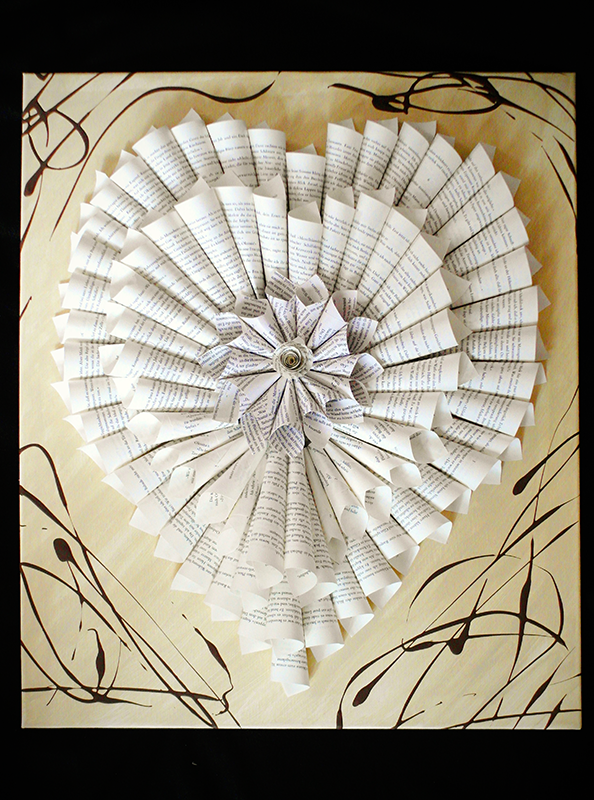
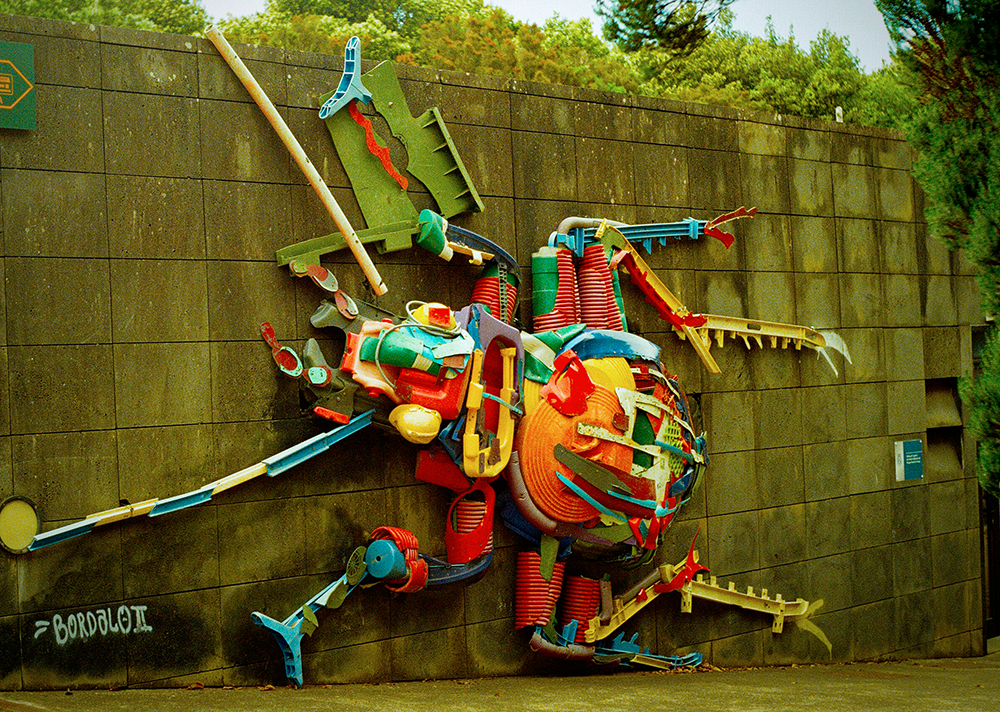
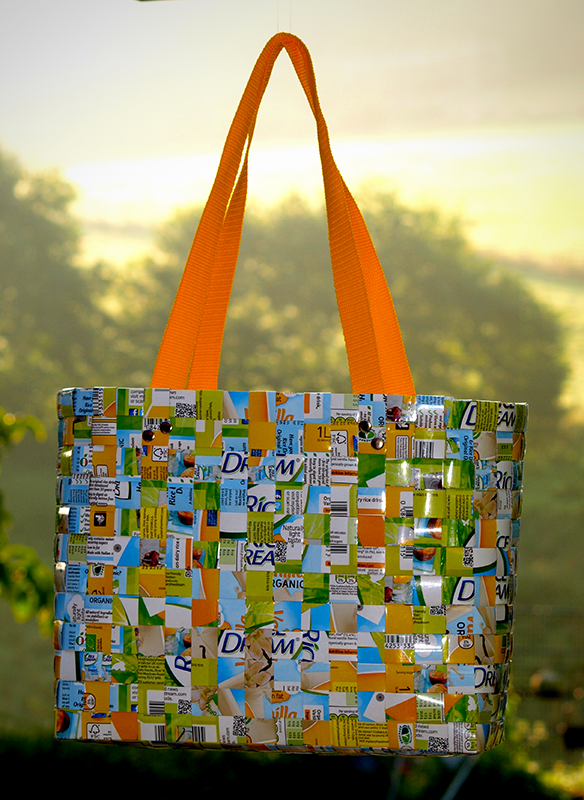
Impact of Recycled Art on Society
Recycled art has the power to make a positive impact on society by raising ecological consciousness and encouraging people to think about the lifecycle of the products they consume.
Through their work, artists can raise awareness about environmental issues such as waste land and the sheer volume of waste generated by our modern consumer society.
Art pieces made from recycled materials often carry deeply political messages about the state of the world and our responsibility towards it.
Moreover, recycled art can inspire individuals to see the potential in what they might otherwise discard.
By showcasing the natural beauty and artistic value of unconventional materials, recycled art challenges the notion that new is always better.
It encourages a shift in perspective, prompting people to consider the possibilities of upcycled art and the role it can play in reducing environmental pollution.
Role of Recycling in Environmental Awareness
One of the most significant aspects of recycled art is its ability to communicate a message about the importance of recycling and the impact of waste on the planet.
Artists like Neraldo de la Paz have used materials such as discarded clothing to create art that speaks to the heart of environmental issues.
These art pieces not only serve as a form of artistic expression but also as a tool to educate and inspire action.
Recycled art projects often aim to highlight the sheer amount of waste generated by societies around the world.
By repurposing materials that would otherwise contribute to landfills, artists can create a visual representation of the waste problem and encourage viewers to consider their own consumption habits.
This form of art can be a powerful way to raise awareness and promote ecological consciousness.
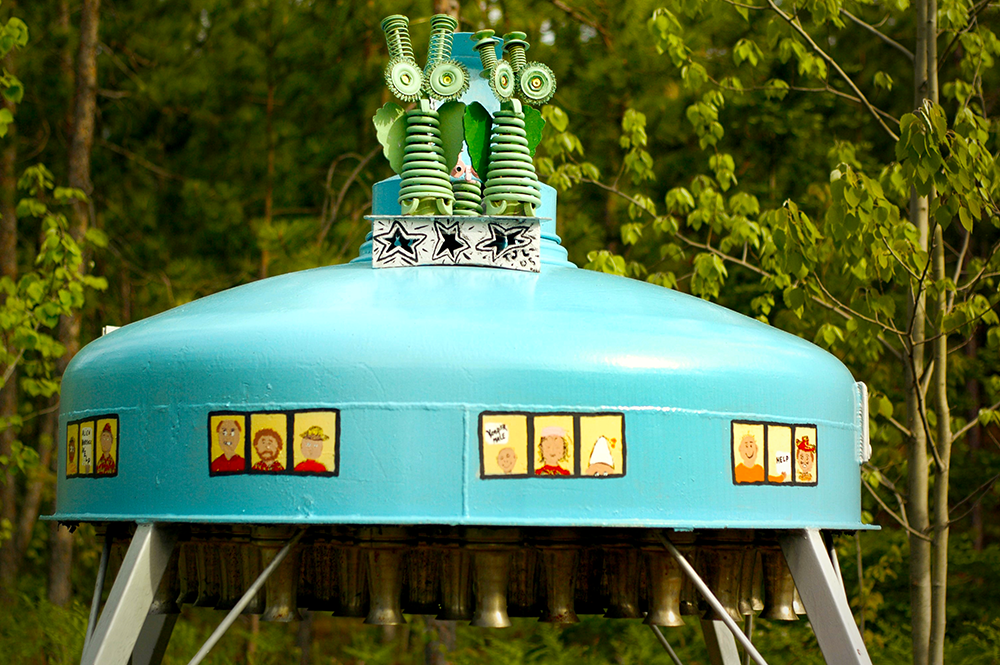


Diversity of Recycled Art
Recycled art is not limited to any one style or medium; it encompasses a wide range of artistic expressions.
From the deeply political messages conveyed through trash art to the celebration of Indian culture through recycled materials, the diversity of this art form is boundless.
Artists from different backgrounds and with different messages have embraced recycled art as a means of communication and expression.
This diversity is also reflected in the materials used.
While some artists may focus on creating art from plastic bottles or paper, others might find inspiration in more unconventional materials like electronic parts or dump trucks.
The result is a rich tapestry of art that is as varied as the materials it is made from.
Notable Artists and Their Contributions to Recycled Art
The recycled art movement has been shaped by the contributions of many artists, each bringing their unique perspective and style to the table.
Cuban artists founded a tradition of using discarded materials to create art that reflects the realities of their society.
Self-taught artists have found ways to express themselves through the use of waste materials, often with no formal training in art.
Among the notable figures in recycled art are Sue Webster and Tim Noble, whose shadow sculptures have captivated audiences around the world.
Their work demonstrates the potential of used objects to create something entirely new and unexpected.
Other artists, such as those who create large-scale pieces from scrap metal, show the potential for recycled materials to be transformed into something of grandeur and beauty.
Future of Recycled Art
As the world becomes increasingly aware of environmental issues, the future of recycled art looks bright.
This form of artistic expression is likely to continue growing in popularity as more people seek ways to make a positive impact on the planet.
Recycled art not only offers a creative outlet for artists but also serves as a reminder of the importance of sustainability and the potential for beauty in the most unlikely of places.
The continued evolution of recycled art will likely see artists exploring new materials and techniques, pushing the boundaries of what can be achieved with discarded objects.
As the movement grows, it will undoubtedly continue to inspire and challenge our perceptions of art and the materials we use to create it.

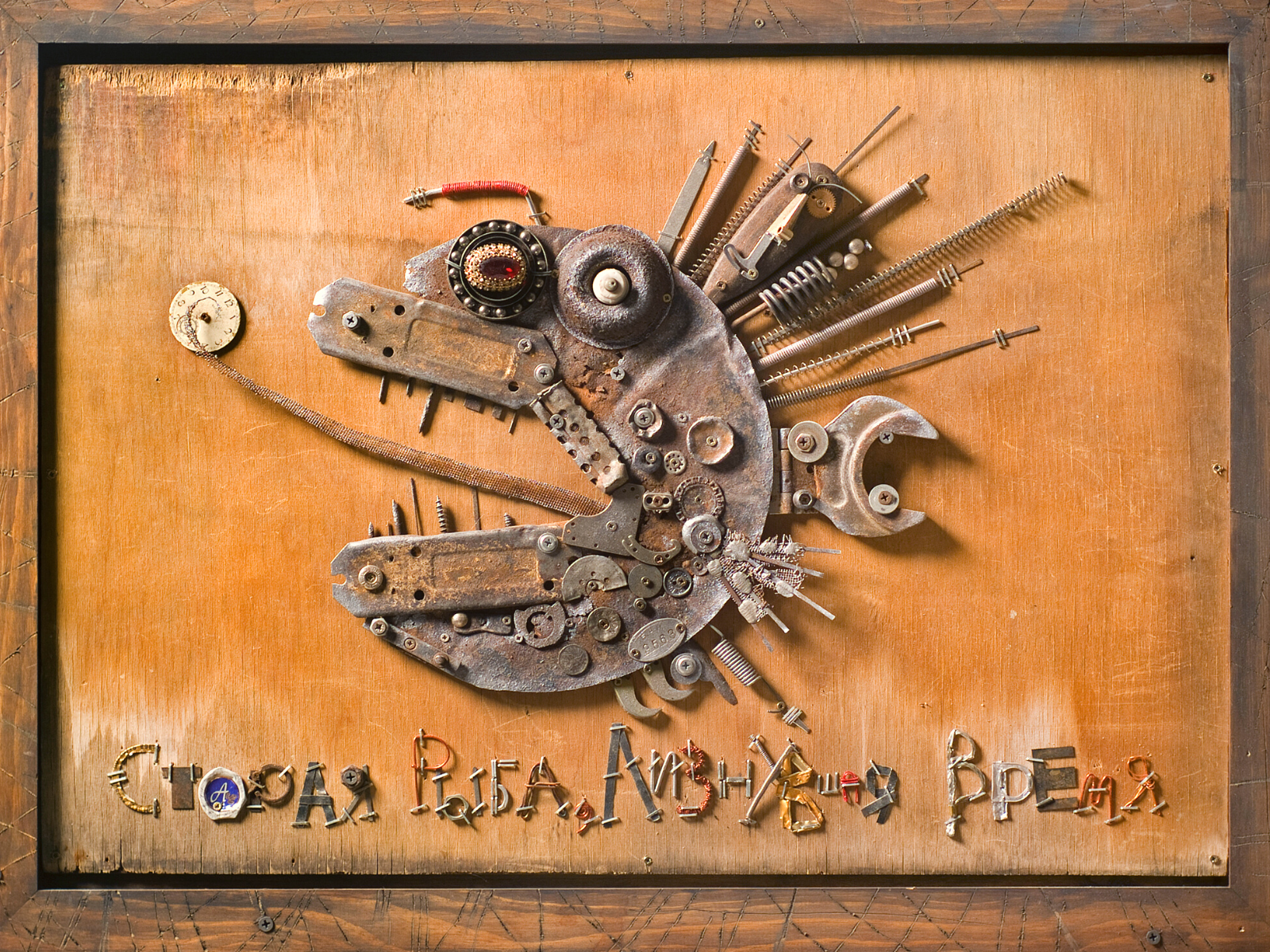

Trash to Treasure: Resonating Echo of Recycling
In the dance of innovation and sustainability, recycled art pirouettes on the global stage, turning the discarded fragments of our lives into powerful statements of beauty and responsibility.
This transformative genre not only stretches the boundaries of creativity but also weaves a narrative of redemption for our planet.
Recycled art is a dynamic and thought-provoking form of contemporary art that repurposes discarded materials into new, meaningful art pieces.
It is a practice that not only showcases the creativity of artists but also serves as a commentary on environmental pollution and the need for recycling.
With its roots in movements that challenged traditional art forms, recycled art has evolved into a diverse and impactful genre that raises awareness and promotes ecological consciousness.
It is a testament to human ingenuity, where every piece of reused material becomes a brushstroke in a larger portrait of ecological mindfulness.
As the world grapples with environmental issues, recycled art stands as a beacon of innovation and hope, inviting us to reconsider our relationship with waste and to participate in the collective effort of crafting a more sustainable world.
It's not just art; it's a revolution, a call to action, and a hopeful glimpse into a future where art and ecology thrive hand in hand.
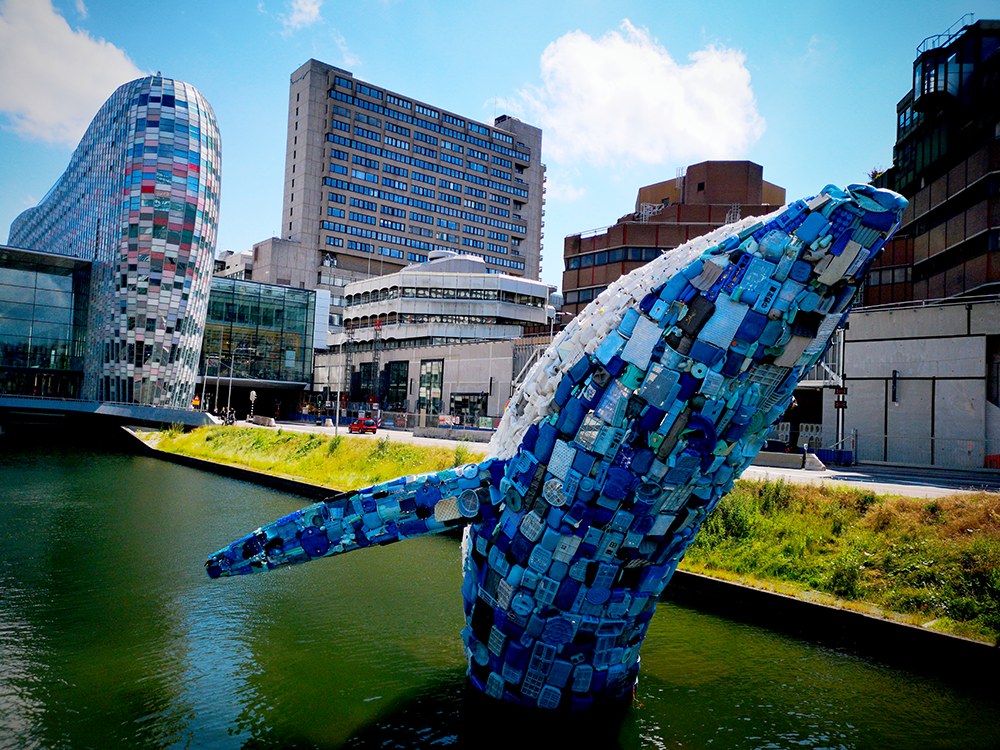
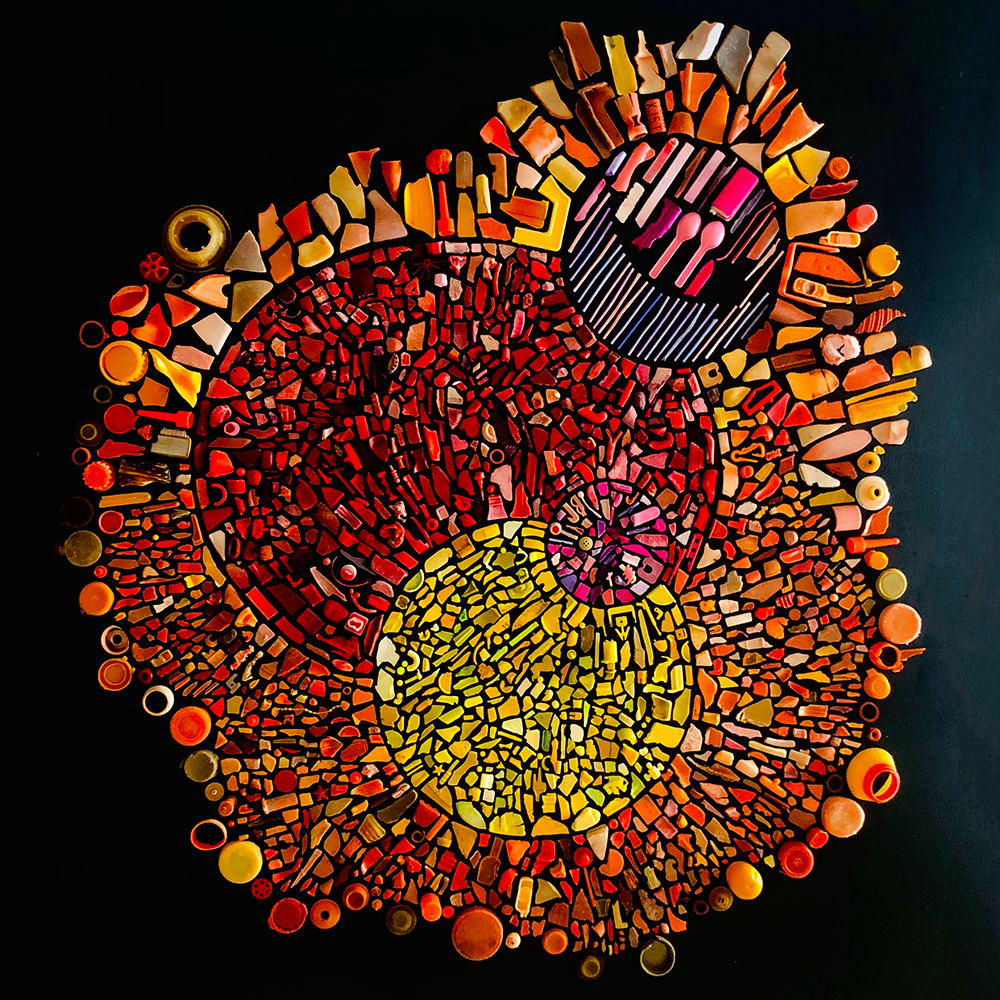

Recycled Art FAQs
Embark on a journey through creativity and sustainability.
This treasure trove of information is not just for art aficionados but for anyone intrigued by the transformation of the ordinary into the extraordinary.
Here, we unravel the mysteries behind the art form that's redefining waste, one masterpiece at a time.
Whether you're a seasoned artist or a curious beginner, these FAQs will illuminate the path from discarded materials to environmental masterpieces, proving that beauty truly can rise from the remnants of our consumer culture.
Dive in and discover how you can become a part of this eco-artistic revolution!
What materials are commonly used in recycled art?
Recycled art can incorporate a vast array of materials, including but not limited to plastic bottles, scrap metal, recycled clothing, electronic parts, used film rolls, and even larger items like dump trucks and old computers.
How does recycled art contribute to environmental awareness?
Recycled art raises awareness about environmental pollution and the importance of recycling by repurposing waste materials into art. It encourages viewers to reflect on their consumption habits and the impact of waste on the environment.
Can anyone create recycled art?
Yes, recycled art is accessible to everyone, from professional artists to self-taught individuals. It's about seeing the potential in discarded materials and transforming them into something new and expressive.
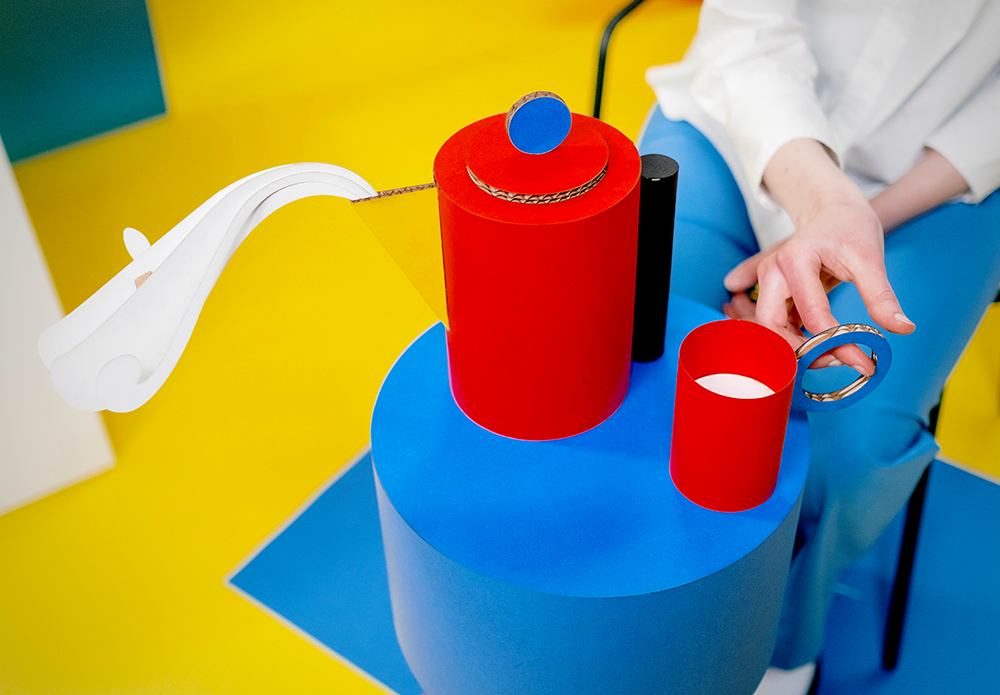

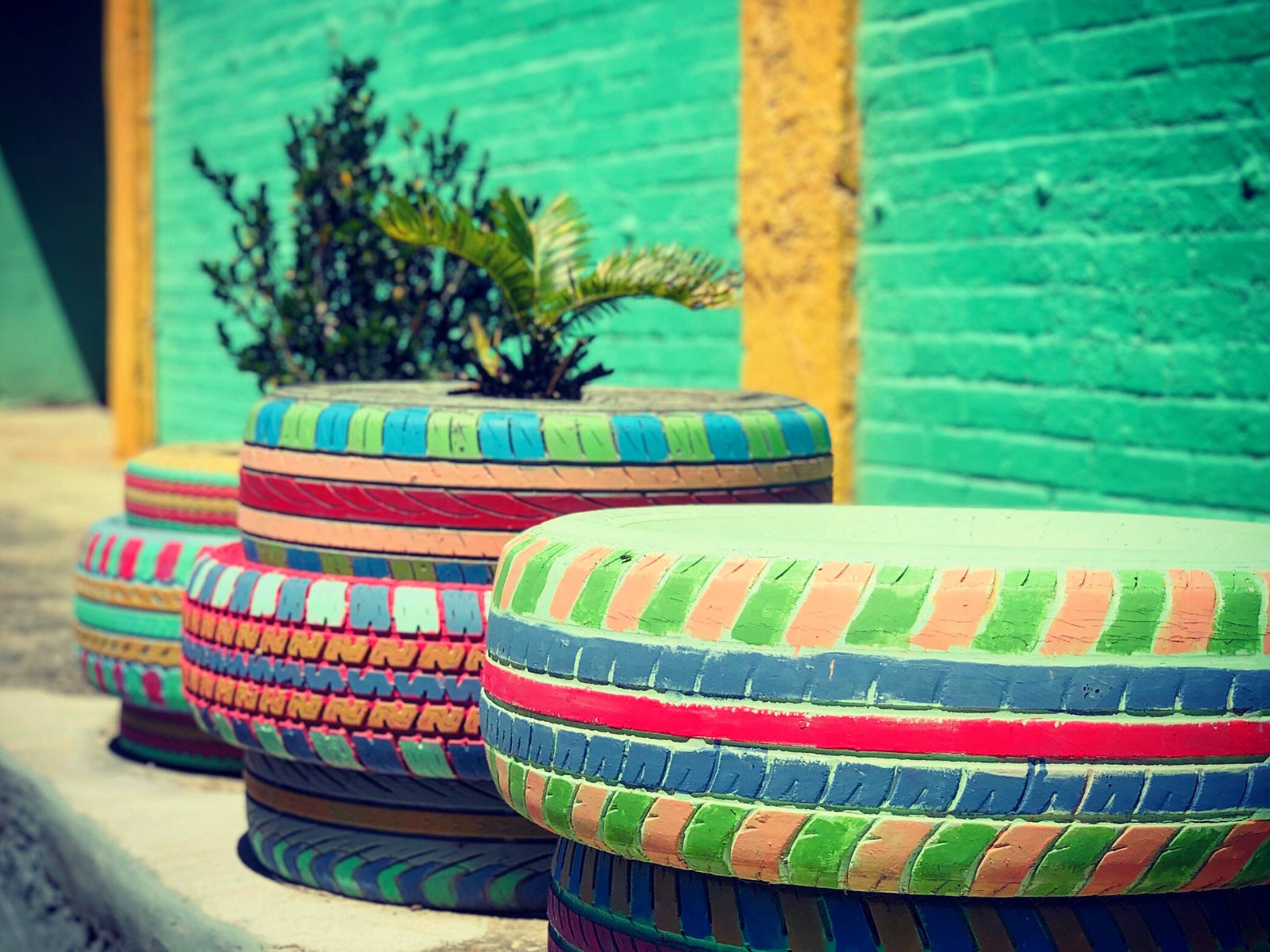
Interested in turning trash into treasure? Check out Art with Aim's video!
Want even more content about creativity and art?
Be sure to check out all of our creative chronicles!
Ready to dive into the world of upcycling and recycled art?
Check out some of our other articles:
-What is another word for recycled art?
-How do you make recycled art?
-What are the best materials to upcycle?
-What is the difference between upcycled and repurposed?




